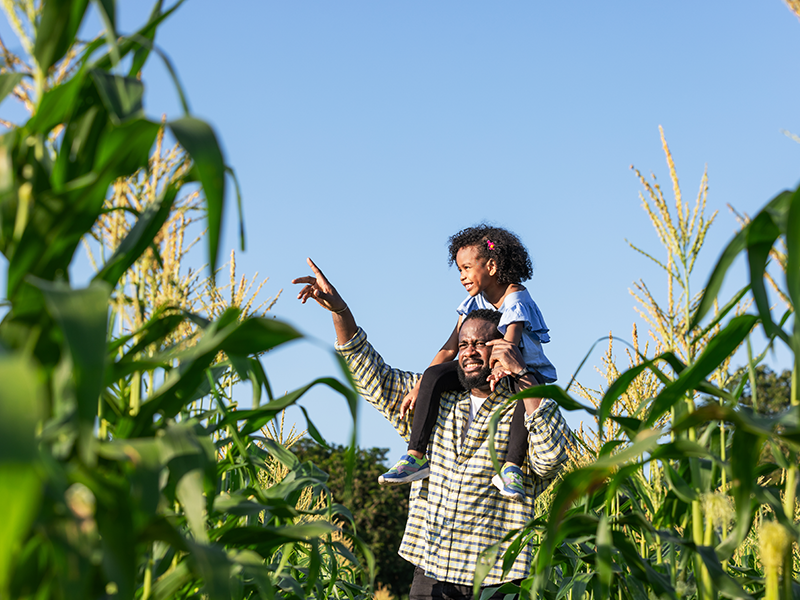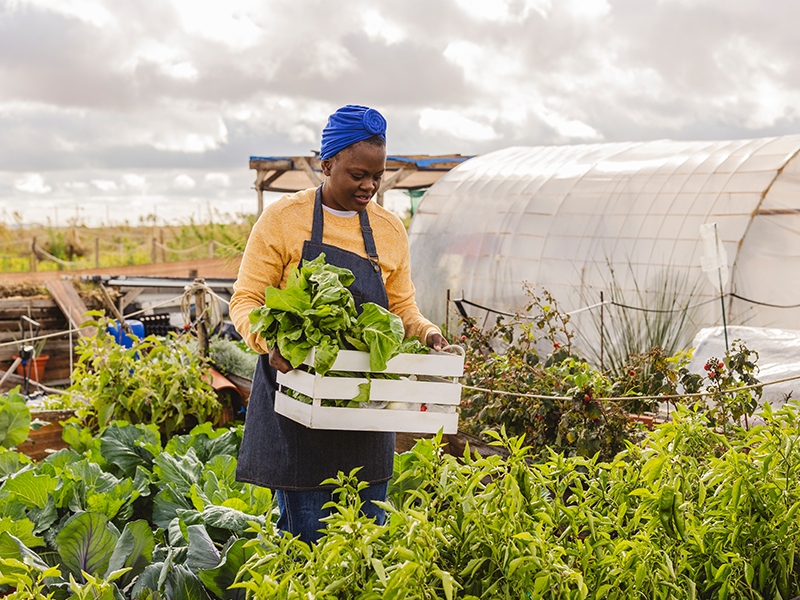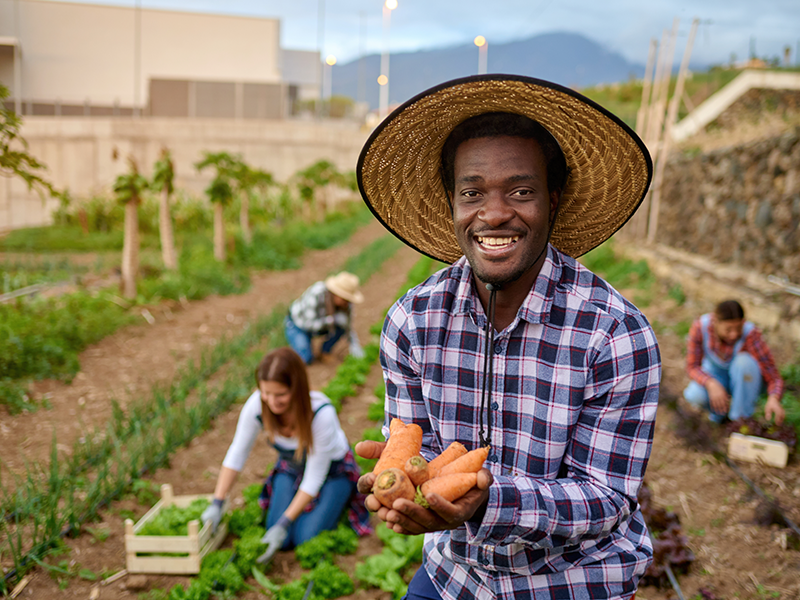From Conference Halls to Kitchen Tables: Building Food Systems That Nourish Africa
In Dakar, Senegal, between the 31st August to the 5th September, under the presidency of H.E. Bassirou Diomaye Faye, the Africa Food Systems Forum gathers leaders from across the continent in meetings and dialogue under the theme: “Africa’s Youth: Leading Collaboration, Innovation, and the Implementation of Agri-Food Systems Transformation.”
Amidst the talk of transformation at the conference was a stark reality: too many Africans remain poorly nourished.
In 2024 alone, more than 307 million Africans were chronically undernourished, representing over one-fifth of the continent’s population. Projections for 2030 suggest that nearly 60 percent of the world’s chronically hungry will be African. On top of that, over 1 billion people on the continent cannot afford a healthy diet. In many households, the cheapest calories come from starchy staples and ultra-processed foods that ease hunger but deepen malnutrition.
Unfortunately, under these circumstances, children, who will soon define the future of the continent’s food systems, are paying the highest price. Nearly one in three African children is stunted, a condition that locks in physical and cognitive disadvantages before adulthood even begins. Six percent are wasted, thin to the point of danger, and in East and Southern Africa alone, 13 million children suffer from acute malnutrition, many in urgent need of therapeutic food. These figures represent millions of futures compromised before they have had a chance to unfold.
Paradoxically, the crisis is not just about hunger but also excess. As cities expand and processed food becomes cheaper and more available, rates of overweight and obesity are rising across the continent. In the next five years, nearly half of the women in Africa are projected to be obese, as will be 25 percent of the men. This shift is pushing up rates of diabetes, hypertension, cardiovascular disease, and many other lifestyle-related complications in health.
The overlapping crises are driven by forces larger than individual choice. Climate change is distorting seasons, bringing droughts one year and floods the next. Conflict has also driven millions from their fields, cutting them off from both production and markets. This is as global food price spikes continue to force families to make painful choices between nutrition and survival. Unfortunately, when survival wins, nutrition loses.
And yet, despite these pressures, there are reasons for cautious optimism. Across Africa, young people are piloting climate-smart agriculture, experimenting with drought-tolerant seeds, and developing apps that link farmers directly to consumers. Governments are expanding food fortification programs, ensuring that staples like flour and cooking oil deliver essential vitamins and minerals. Meanwhile, school feeding programs are increasingly sourcing from local farmers, boosting rural incomes while improving diets for children.
The challenge now is to move from scattered innovation to systemic transformation, which means aligning policy, innovation, and investment in ways that make healthy diets affordable and accessible for all. Policy is already proving its power in places like Ghana, where taxation of sugar-sweetened beverages, supported by the International Development Research Centre (IDRC), is reducing the consumption of unhealthy drinks while raising revenue for public health programs. The initiative confirms that when governments use fiscal and regulatory tools to shift incentives away from cheap, nutrient-poor calories toward healthier options, they create food environments that favor nutrition instead of malnutrition.
Innovation is equally critical, and Africa is showing the world what is possible. HarvestPlus has led the way in biofortification, breeding staple crops such as maize, beans, and sweet potatoes with higher levels of vitamin A, iron, and zinc. Millions of farming households now consume these crops daily, with measurable improvements in health and resilience. Meanwhile, the International Crops Research Institute for the Semi-Arid Tropics (ICRISAT) is advancing its Smart Food initiative, bringing back traditional crops like sorghum, millet, and legumes that are naturally nutrient-rich and climate-resilient. By training women in Niger and beyond to process and market these foods, ICRISAT has restored sustainable diets while creating pathways for women’s economic empowerment. Such innovations prove that African solutions, grounded in local crops and knowledge, can reshape nutrition for generations.
However, innovation cannot thrive without investment, and this is where partnerships like those led by the Global Alliance for Improved Nutrition (GAIN) come in. GAIN has, over the years, invested in small and medium-sized food system enterprises, confirming that nutritious food can be delivered sustainably through market-based models. Its support has led to the production of fortified flours and many other low-cost but nutrient-dense products in underserved communities. Such engagements show that businesses can deliver both profit and public good when backed by the right financing and enabling environment. Unlocking more of this potential will require de-risked capital, blended finance, and investments in infrastructure such as cold chains, rural roads, and digital platforms that can carry nutritious foods all the way to the last mile.
Finally, it is worth reiterating that the energy and ideas of young Africans are already reshaping the food landscape, but to match the scale of the crisis, their innovations need supportive policies and sustained investment. This is where forums like the Africa Food Systems Forum must rise above rhetoric, and must commit to supporting programmes, partners and innovations that make nutritious food affordable and accessible, whether for the boda boda rider in Nairobi, the market trader in Accra, or the student in Dakar itself.
Ultimately, the future of Africa’s food systems will not be decided in conference halls, but on plates in homes across the continent. The challenge is immense, but so is the opportunity to align policy, innovation, and investment in a way that secures nutrition dignity across the continent.




